The Spanish villages that want remote workers
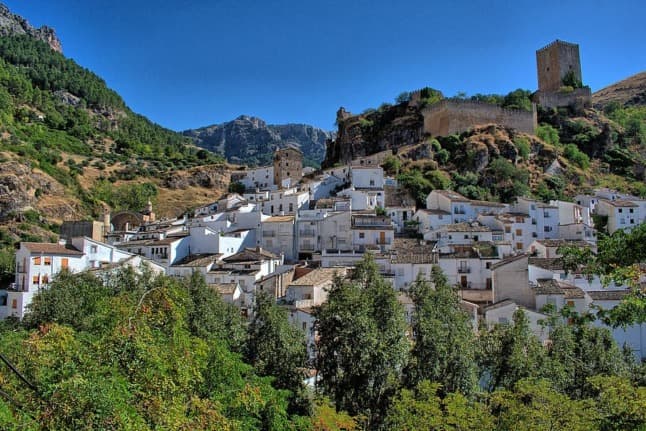
With the news that Spain will be introducing a digital nomad visa and tax incentives for startups, several places in Spain are already trying to attract remote workers. Here are some of the villages that want remote workers and what they offer.
The rise of remote working means that many jobs can be done from anywhere that has an internet connection, and Spanish regions that have struggled with depopulation due to a lack of job opportunities are seizing upon this trend.
A total of 30 towns and villages across Spain have joined the association of Red Nacional de Pueblos Acogedores or the National Network of Welcoming Villages, aiming to attract digital nomads (people who travel while continuing to work remotely) and remote workers (who settle full time in one place and work remotely for a company or companies in another town or even another country) to their communities.
These towns and villages are spread throughout the regions of Castilla y León, Castilla-La Mancha, La Rioja, Aragón, Andalusia, Navarra and the Basque Country.
Among other services, most of them offer coworking spaces and high-speed internet.
READ ALSO: Tax cuts and special visas: Spain’s new law to attract foreign startups and digital nomads
Andalusia
Benarrabá
A tiny village of just 460 inhabitants, Benarrabá is located in the province of Malaga. It’s a charming and picturesque village, where the cost of living is €392 per person per week, according to RNPA. It offers a coworking space, plus a library to work from.
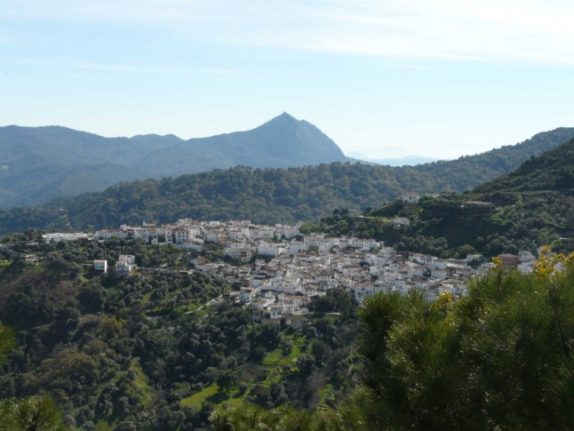
Photo: Albertoac1990/Wikipedia
Tolox
The village of Tolox is a gorgeous white village set in the Sierra de las Nieves, just west of Malaga. It has a total of 2,250 inhabitants and the cost of living is €150 per person per week. It’s ideal for nature lovers, with access to the nearby Sierra de las Nieves Natural Park and Biosphere Reserve. There's no coworking space, but there is a public library to work from.
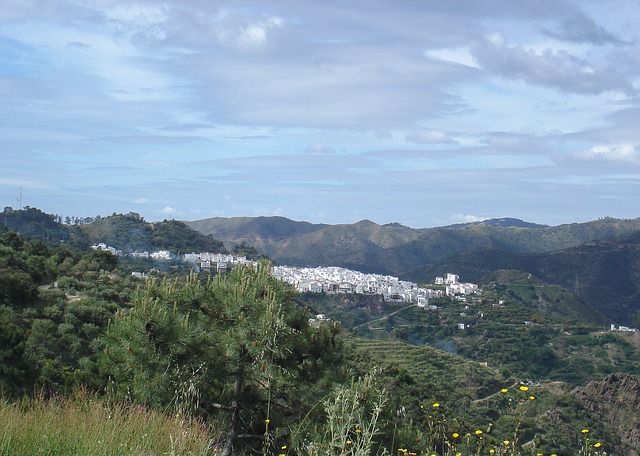
The village of Tolox is welcoming remote workers. Photo: jacqueline macou / Pixabay
Basque Country
Kuartango
Located in the Basque province of Álava, just west of the capital of Vitoria-Gasteiz, Kuartango has just 430 inhabitants and a cost of living of €310 per person per week. It’s ideal for those who want to explore the nearby Gorbeia Natural Park and all the excellent culinary offerings in Vitoria-Gasteiz. It also offers a library, an education centre and a coworking space.
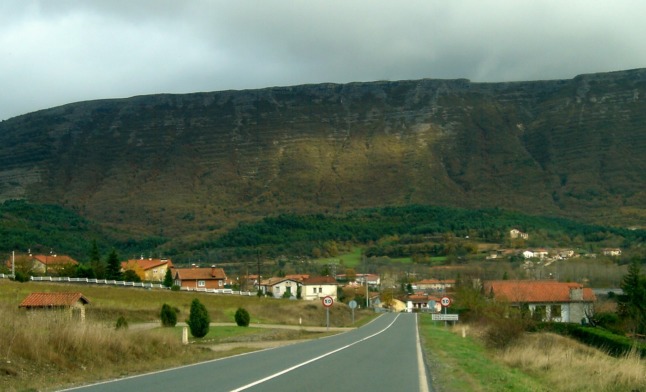
Photo: Asier Sarasua Garmendia/Wikipedia
La Rioja
San Vicente de La Sonsierra
The cute town of San Vicente de La Sonsierra sits on a hilltop surrounded by vineyards and topped with a castle and a church. You can even see snow-capped mountains in the distance. It has a population of 1,030 and a cost of living of €205 per person per week. As well as its cultural offerings, it has a coworking space and library.
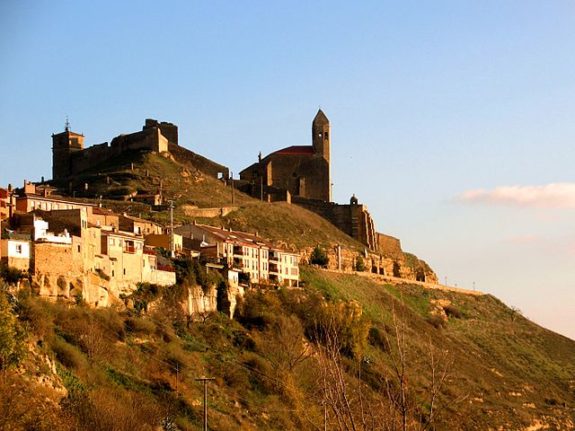
Photo: Josep Renalias/Wikipedia
Canary Islands
Tejeda
Tejeda is located on the Canary Island of Gran Canaria, surrounded by mountains and ancient volcanoes on all sides. While it may be located in the interior of the island, it's just a one-and-half-hour drive from the coast. The village has a population of 1,020 and the cost of living is €205 per person per week. It's ideal for those who don't like cold weather, with an average yearly temperature of 19C. It also boasts a public library and is on the island's bus network.
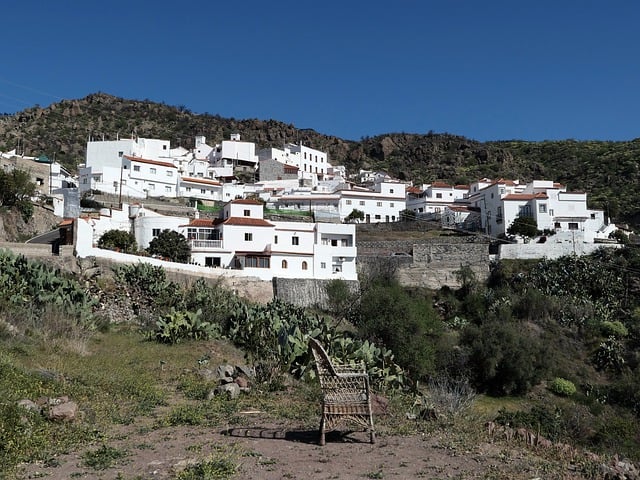
Tejeda in Gran Canaria wants remote workers. Photo: Vladimír Ješko / Pixabay
Aragón
Oliete
The small village of Oliete lies just south of the city of Zaragoza and is just a two and half hour drive from the Catalan coastline and the Natural Park of the Delta del Ebro. With a population of just 343, it's quiet and compact but offers a coworking centre and a library from which to work. The cost of living is €314 per person per week and there's plenty of opportunities to explore the nearby natural and gastronomic attractions.
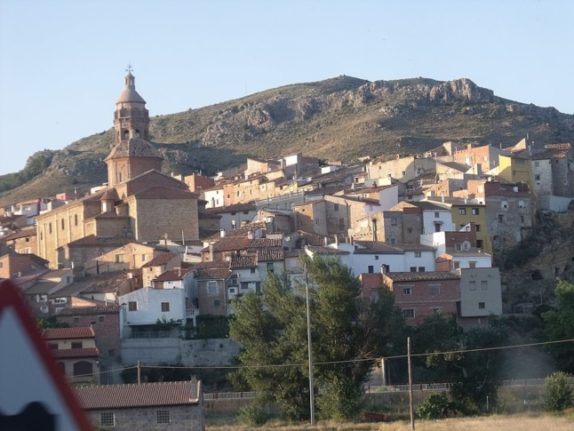
Photo: B25es/Wikipedia
Castilla y León
Covarrubias
Located in the province of Burgos, along the Arlanza River, Covarrubias is an attractive little town of 541 people. Filled with half-timbered houses, it's known as the 'Cradle of Castilla' because it was once the capital of one of the most important monastic manors. History buffs will love Covarrubias, because of the sheer number of historic sites and buildings in such as small place. The cost of living is €405 per person per week and there's a public library, as well as several other facilities.
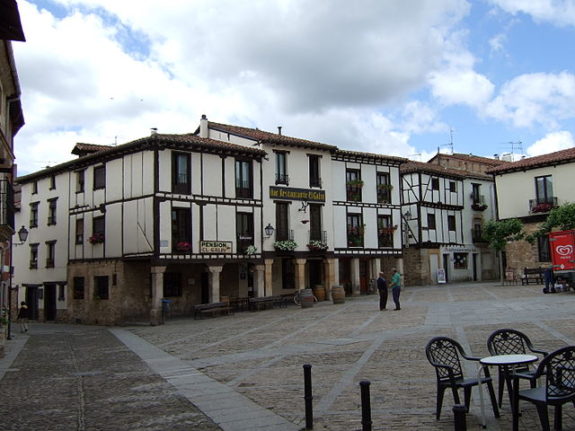
Photo: Ecelan/Wikipedia
El Burgo de Osma
One of the largest towns on the list with a population of 5,035, El Burgo de Osma is located in the province of Soria and was declared a Town of Touristic Interest and of Historic and Artistic Importance. Filled with honey-coloured architecture and a plethora of historic sites, there's plenty to do here. Sitting somewhere in the middle of Valladolid, Zaragoza and Madrid, it's also ideally situated to reach various transport hubs. The town offers a coworking space and a library and has a cost of living of just €169 per person per week.
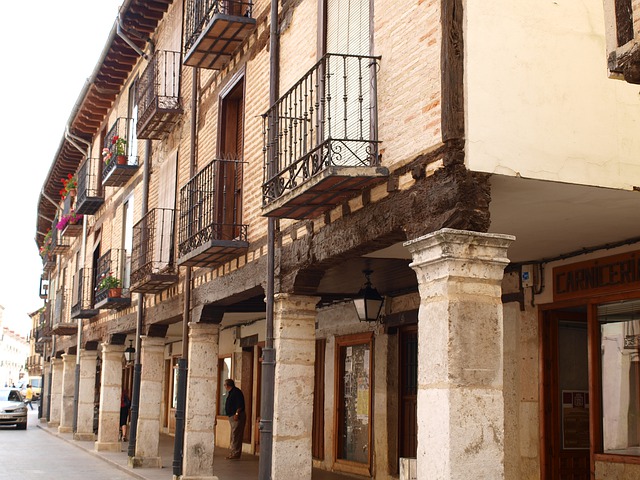
El Burgo de Osma is welcoming remote workers. Photo: Andrés Corredor / Pixabay
Santa Colomba de Somoza
A 20-minute drive from the city of Astorga, Santa Colomba de Somoza lies in prime position for travel to nearby León and Ponferrada too. It has a population of 520 inhabitants and is known for tourism and gastronomy. You'll always find foreigners travelling through here, as it's located along the famed Camino de Santiago route. It's home to a coworking space, as well as lots of other facilities, including bus service. The cost of living here is €310 per person per week.

Photo: Jim Anzalone/Flickr
READ ALSO:
- Will remote working become the norm in Spain after the Covid-19 pandemic?
- COMPARE: Could Spain become the best country in the EU for digital nomads?
Comments
See Also
The rise of remote working means that many jobs can be done from anywhere that has an internet connection, and Spanish regions that have struggled with depopulation due to a lack of job opportunities are seizing upon this trend.
A total of 30 towns and villages across Spain have joined the association of Red Nacional de Pueblos Acogedores or the National Network of Welcoming Villages, aiming to attract digital nomads (people who travel while continuing to work remotely) and remote workers (who settle full time in one place and work remotely for a company or companies in another town or even another country) to their communities.
These towns and villages are spread throughout the regions of Castilla y León, Castilla-La Mancha, La Rioja, Aragón, Andalusia, Navarra and the Basque Country.
Among other services, most of them offer coworking spaces and high-speed internet.
READ ALSO: Tax cuts and special visas: Spain’s new law to attract foreign startups and digital nomads
Andalusia
Benarrabá
A tiny village of just 460 inhabitants, Benarrabá is located in the province of Malaga. It’s a charming and picturesque village, where the cost of living is €392 per person per week, according to RNPA. It offers a coworking space, plus a library to work from.

Photo: Albertoac1990/Wikipedia
Tolox
The village of Tolox is a gorgeous white village set in the Sierra de las Nieves, just west of Malaga. It has a total of 2,250 inhabitants and the cost of living is €150 per person per week. It’s ideal for nature lovers, with access to the nearby Sierra de las Nieves Natural Park and Biosphere Reserve. There's no coworking space, but there is a public library to work from.

Basque Country
Kuartango
Located in the Basque province of Álava, just west of the capital of Vitoria-Gasteiz, Kuartango has just 430 inhabitants and a cost of living of €310 per person per week. It’s ideal for those who want to explore the nearby Gorbeia Natural Park and all the excellent culinary offerings in Vitoria-Gasteiz. It also offers a library, an education centre and a coworking space.

Photo: Asier Sarasua Garmendia/Wikipedia
La Rioja
San Vicente de La Sonsierra
The cute town of San Vicente de La Sonsierra sits on a hilltop surrounded by vineyards and topped with a castle and a church. You can even see snow-capped mountains in the distance. It has a population of 1,030 and a cost of living of €205 per person per week. As well as its cultural offerings, it has a coworking space and library.

Photo: Josep Renalias/Wikipedia
Canary Islands
Tejeda
Tejeda is located on the Canary Island of Gran Canaria, surrounded by mountains and ancient volcanoes on all sides. While it may be located in the interior of the island, it's just a one-and-half-hour drive from the coast. The village has a population of 1,020 and the cost of living is €205 per person per week. It's ideal for those who don't like cold weather, with an average yearly temperature of 19C. It also boasts a public library and is on the island's bus network.

Aragón
Oliete
The small village of Oliete lies just south of the city of Zaragoza and is just a two and half hour drive from the Catalan coastline and the Natural Park of the Delta del Ebro. With a population of just 343, it's quiet and compact but offers a coworking centre and a library from which to work. The cost of living is €314 per person per week and there's plenty of opportunities to explore the nearby natural and gastronomic attractions.

Photo: B25es/Wikipedia
Castilla y León
Covarrubias
Located in the province of Burgos, along the Arlanza River, Covarrubias is an attractive little town of 541 people. Filled with half-timbered houses, it's known as the 'Cradle of Castilla' because it was once the capital of one of the most important monastic manors. History buffs will love Covarrubias, because of the sheer number of historic sites and buildings in such as small place. The cost of living is €405 per person per week and there's a public library, as well as several other facilities.

Photo: Ecelan/Wikipedia
El Burgo de Osma
One of the largest towns on the list with a population of 5,035, El Burgo de Osma is located in the province of Soria and was declared a Town of Touristic Interest and of Historic and Artistic Importance. Filled with honey-coloured architecture and a plethora of historic sites, there's plenty to do here. Sitting somewhere in the middle of Valladolid, Zaragoza and Madrid, it's also ideally situated to reach various transport hubs. The town offers a coworking space and a library and has a cost of living of just €169 per person per week.

Santa Colomba de Somoza
A 20-minute drive from the city of Astorga, Santa Colomba de Somoza lies in prime position for travel to nearby León and Ponferrada too. It has a population of 520 inhabitants and is known for tourism and gastronomy. You'll always find foreigners travelling through here, as it's located along the famed Camino de Santiago route. It's home to a coworking space, as well as lots of other facilities, including bus service. The cost of living here is €310 per person per week.

Photo: Jim Anzalone/Flickr
READ ALSO:
- Will remote working become the norm in Spain after the Covid-19 pandemic?
- COMPARE: Could Spain become the best country in the EU for digital nomads?
Join the conversation in our comments section below. Share your own views and experience and if you have a question or suggestion for our journalists then email us at [email protected].
Please keep comments civil, constructive and on topic – and make sure to read our terms of use before getting involved.
Please log in here to leave a comment.